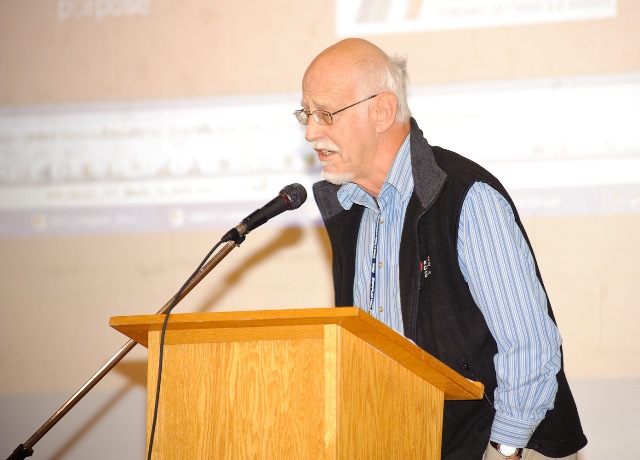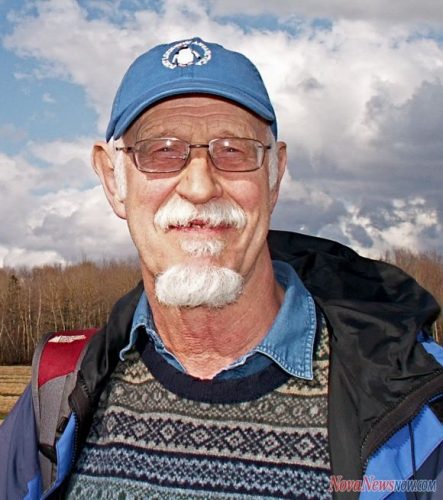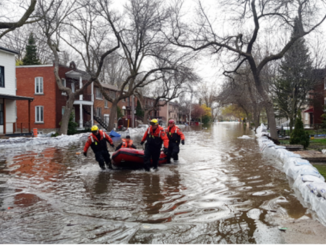
This article is a companion piece to the September 23rd article “The Changing Face of Geomatics: Learning Opportunities,” which focused more on technology.
Geomatics, as a suite of technologies, is only one of the factors which changes the human:environment relationship in society. Today, there are many pressures that have an impact both globally and locally. My list might include climate change, loss of biodiversity, increased urbanization, free trade, pandemics, and terrorism. Readers will surely be able to identify many others.
Within Canada, there will be specific priorities that influence the human:environment relationship; that is, the relationship between human populations and the landscape (and seascape). Again, from a personal perspective, I see the following current geographic issues:
- Devolution in NWT and the start of the same process in Nunavut. Here, the concern is the transfer of responsibility for resource management from the federal government to the territorial government
- Rural economic development in the Maritimes. These concerns relate to the changes in the demographic structure, including the impact of the outmigration of youth and the increased proportion in older age groups. This has been exacerbated by the decline in the traditional resource base
- Monitoring climate change. From a Northern perspective, we have the recent announcement of the Canadian High Arctic Research Centre (CHARC) in Cambridge Bay
To address these concerns and others, we might anticipate changes in the curricula. Perhaps, but not necessarily, within the Department of Geography. Some common themes could include greater access to geographic information, community engagement, and appropriate use of science and technology. The learning opportunities exist at all levels of society.
School geography programs could link story-telling and the landscape. In the North, this would include traditional routes, land use and place names, such as the initiatives of the Inuit Heritage Trust.
At the post secondary education level, we might see an increased emphasis on community service learning within the context of community studies (see Cape Breton University).
For society at large, community mapping provides the opportunity for cross generational learning, both for youth and elders (see the community mapping project in Annapolis County, NS).
To make this work, government agencies will need to adopt a more ‘open geography’ philosophy. They could support concepts like the Community Information Utility or Co-Laboratories, and take risks by entering new partnerships with all of the players: community, educational institutions and business.
Business, in turn, must support new partnerships with the same players. For example, the Esri Canada Centres of Excellence should be seen as not only a partnership through education, but also as a network that links the different geographies across Canada.
Finally, we need to see change in our existing traditional educational institutions. Recently, the University of Guelph ran an advertising campaign in the Globe and Mail with the slogan “Geography Matters.” For me, that was a sign of the times. We must maintain the scale shift. Local feeds global. Global feeds local.






Be the first to comment